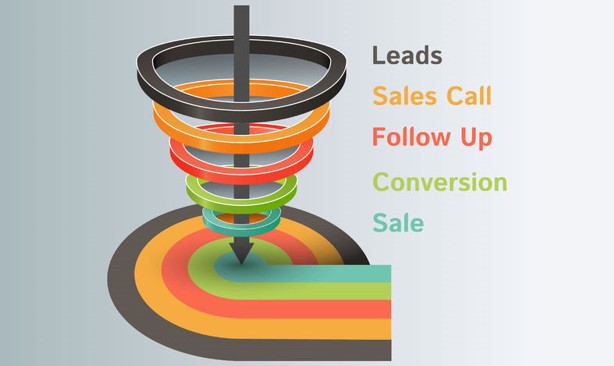Blog

How to Clean Up Sales Pipeline Data for Better Forecasting
To operate efficiently, every successful organization needs a plan. A critical part of every organization’s plan is its sales forecast, which may often miss the mark if the underlying data isn't reliable.
The quality and accuracy of a sales forecast depends on the reliability of the sales pipeline data coming from individual sales reps. Here are several methods organizations use to clean up sales pipeline reports to ensure more realistic data and the most accurate possible sales forecasts.
Conduct Regular Pipeline Reviews
Most sales professionals could benefit from coaching in at least one area. While many sales managers conduct regular sales forecast meetings, these generally focus on short-term closing opportunities.
When sales managers execute regular sales pipeline meetings, there is a better opportunity to review the entire pipeline and scan it for additional opportunities. At this stage small improvements, coaching on technique, and potentially major adjustments to the sales pipeline can be accomplished.
Remove Dead Weight
What was once seen as a golden prospect often lingers in a sales rep's pipeline as a zombie. These so-called leads typically represent long-dead opportunities that should have been removed ages ago.
Some sales reps continue moving these leads from quarter to quarter until they are years old. Ask that sales reps look at these inactive leads with a new set of eyes. Examine the date that the lead was entered, any interactions in the pipeline since, and then reclassify the lead as needed. The regular removal of dead weight is key to effective sales pipeline management.
Categorize Sales Prospects
One of the best ways to clean up a sales pipeline is to use categories. Some prospects clog up sales pipelines because they require so much effort and attention at the expense of other potential opportunities.
One suggestion is to create categories for potential clients for a future callback list. 80% of profits typically come from 20% of a business’s leads, so identifying those "hot" 20% must be a top priority. Create categories within a sales pipeline that work best for you.
Consistently Follow-up and Update
Sales is not a dormant process. A successful sales rep is actively involved in communicating with leads on a daily basis to keep a pipeline moving. Having a consistently clean pipeline is an integral part of this process.
As sales reps go about their daily activities, they should have productive habits that include cleaning up the sales pipeline along the way. This involves logging activities, entering contact information, conducting company research, etc. By doing this on a continuous basis, pipeline management becomes less of a chore and offers more accurate information for sales managers.
Tighter sales pipelines help organizations accomplish several things. Sales reps will be more organized and focused with a smaller list of prospects who are more likely to follow through. Consequently, sales managers and executives will find that sales forecast reports become more accurate, which then permits better organizational planning in both the short and long-term.



Comments